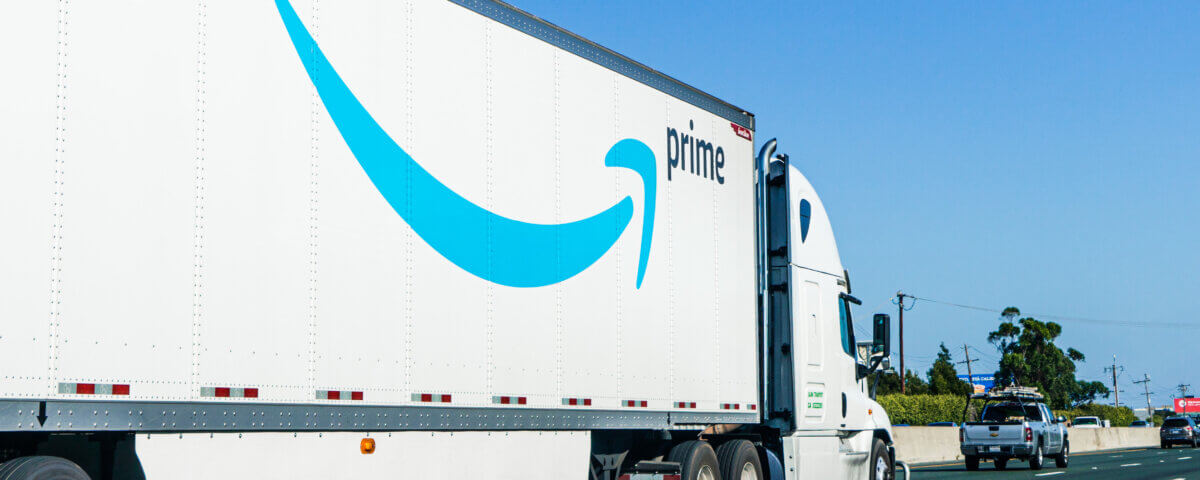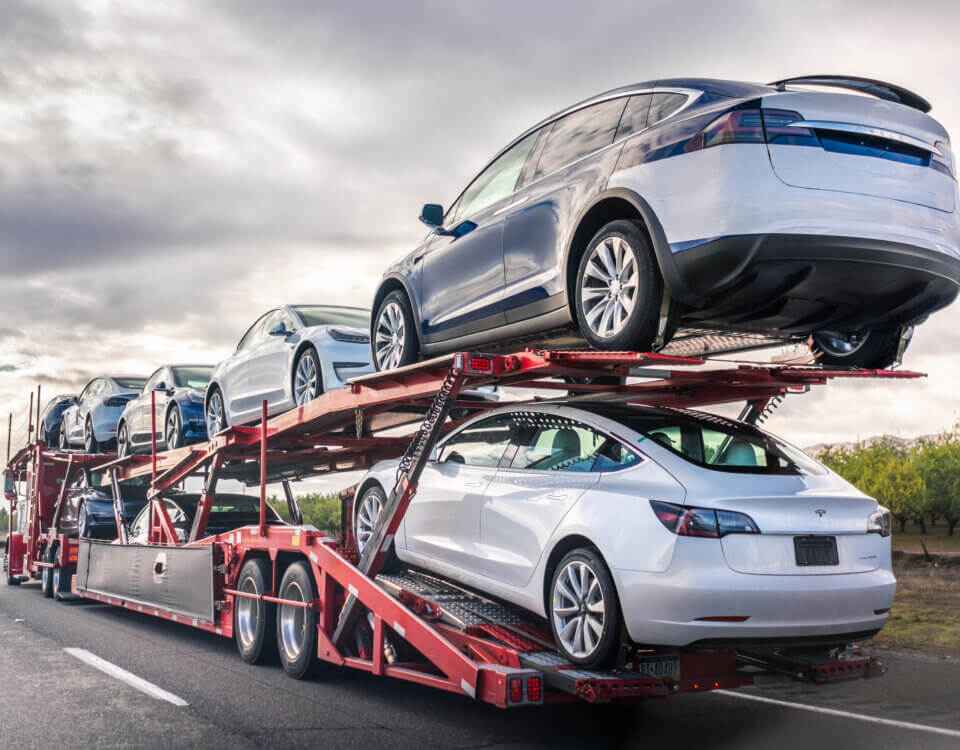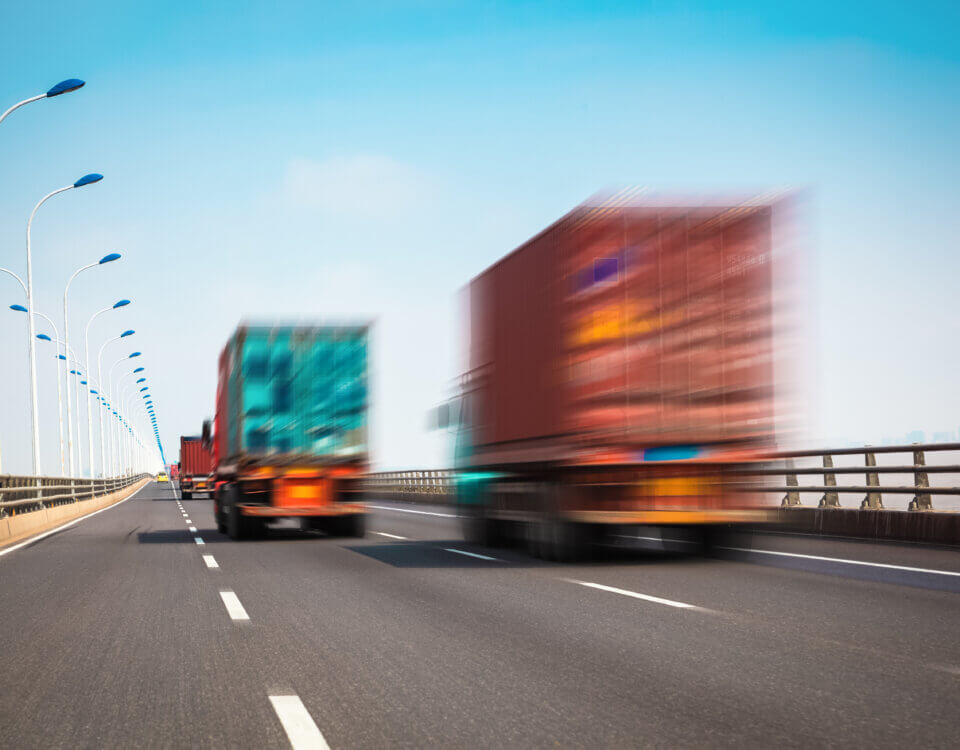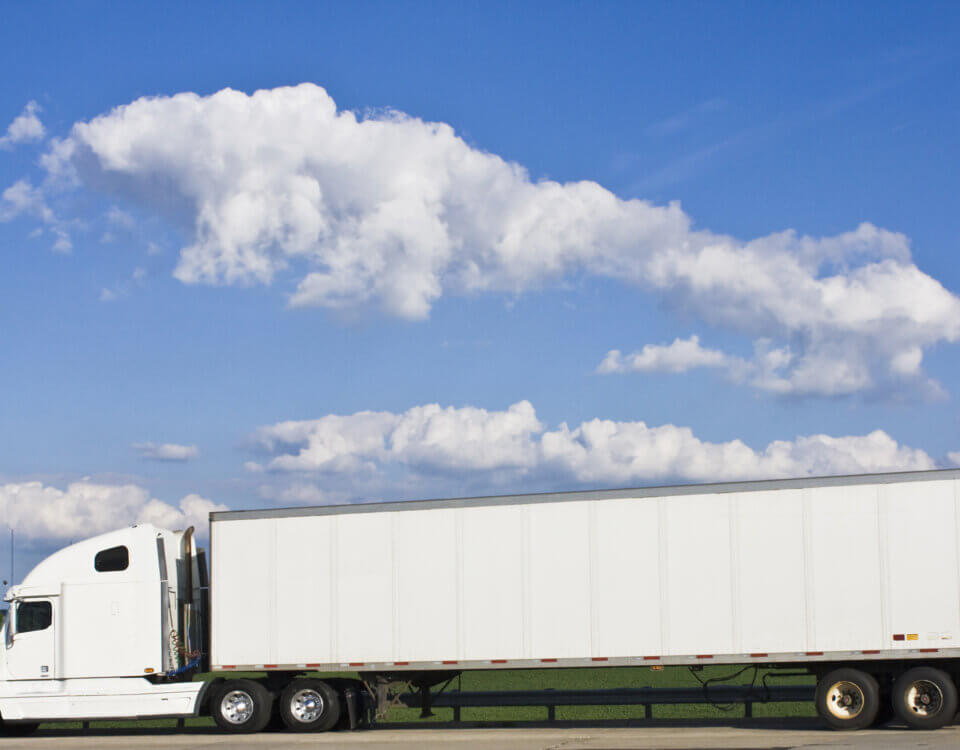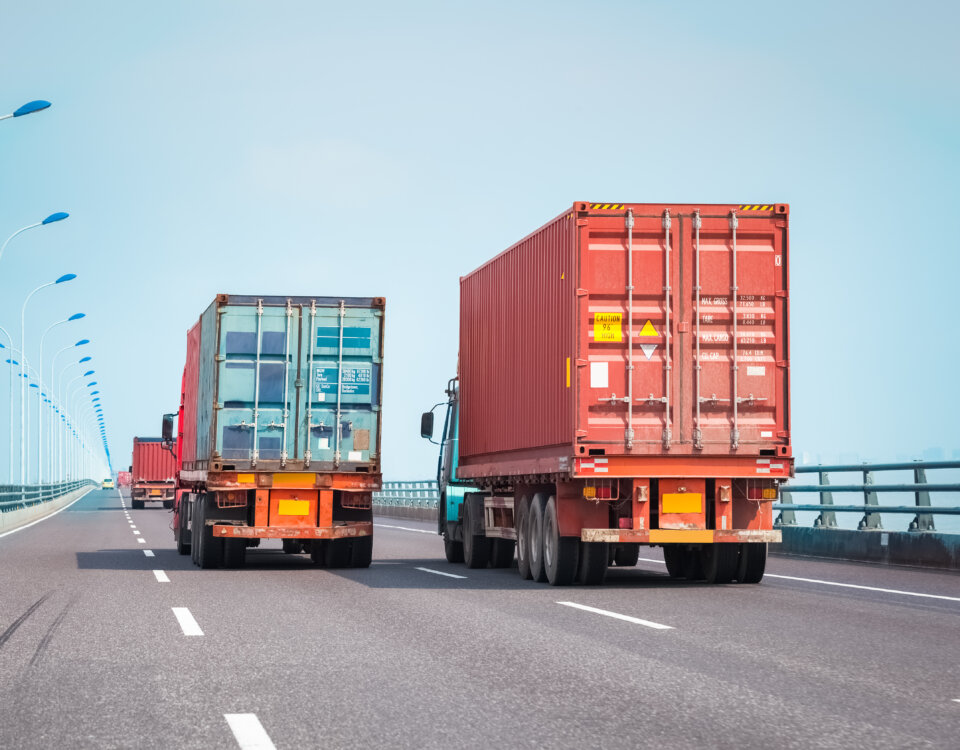Amazon has transformed shopping and delivery with its “Prime” culture of speed. Customers expect packages in a day or even just a few hours. While this convenience benefits buyers, it has also created immense pressure on delivery drivers and trucking contractors who rush to meet unrealistic deadlines. This constant race against the clock doesn’t just endanger drivers, it puts everyone on the road at risk.
Here are the top 10 ways Amazon’s delivery deadlines increase dangers for both workers and the public:
1. Unrealistic Delivery Quotas
Amazon drivers often face strict quotas, with hundreds of packages to deliver in a single shift. Missing these goals can cost them bonuses or even their job. This pressure encourages speeding and unsafe shortcuts.
2. Driver Fatigue
Tight schedules often force drivers to work long hours with little rest, leading to fatigue. Fatigue slows reaction times and impairs judgment, making accidents far more likely.
3. Distracted Driving
Drivers frequently use Amazon’s navigation apps, scanners, and delivery devices while on the move. Constant checking and updating increases the risk of distraction-related crashes.
4. Speeding to Meet Deadlines
With deadlines looming, drivers may speed through neighborhoods, highways, or even school zones. Higher speeds significantly increase the severity of accidents when they occur.
5. Ignoring Traffic Laws
Delivery drivers may roll through stop signs, make illegal turns, or block lanes to shave off seconds. These shortcuts often lead to dangerous roadway situations.
6. Inadequate Training
Contractors often hire new drivers quickly to meet Amazon demand. Many are not thoroughly trained to handle large vans or trucks safely, especially under time stress.
7. Overloaded Vehicles
To meet quotas, vehicles may be packed beyond safe weight limits. Overloaded vans are harder to stop and can cause brake failures or rollover accidents.
8. Reduced Attention to Safety Checks
Rushed schedules mean less time for essential safety inspections like checking tires, brakes, or mirrors. Neglecting these checks makes vehicles more prone to mechanical failures.
9. Pressure from Tracking Technology
Amazon tracks drivers in real-time. Metrics like delivery time, route efficiency, and customer feedback add constant digital pressure, often pushing drivers to prioritize speed over safety.
10. Higher Risk to Pedestrians & Cyclists
Residential areas where most packages are delivered become danger zones when hurried drivers weave through narrow streets, rush up driveways, or double-park in busy areas.
Why This Matters
When delivery deadlines matter more than safety, the results are devastating: serious injuries, property damage, and even loss of life. Victims of Amazon truck or van accidents often face complex legal battles because Amazon uses independent contractors to shield itself from liability.
What Victims Can Do
If you or a loved one has been injured in an accident involving an Amazon delivery truck, it’s critical to speak with an attorney who understands the unique challenges of going up against Amazon and its contractors. An experienced lawyer can investigate delivery quotas, driver logs, and company policies to prove negligence and fight for maximum compensation.
Hillstone Law: We Fight, You Heal
At Hillstone Law, our attorneys have the experience and resources to take on large corporations like Amazon. We know how to uncover unsafe delivery practices and hold the responsible parties accountable.
Note: These blog posts are created solely for the use of Hillstone Law. The information is gathered from internet research, publicly available sources, and artificial intelligence (AI) tools such as ChatGPT. While we aim to share helpful and educational content, Hillstone Law does not independently verify every detail. Some information may be incomplete, outdated, or subject to change without notice. If you believe any part of a post is inaccurate, misleading, or infringes upon copyright, please contact Hillstone Law immediately so we can review it and take appropriate action, including correction or removal.
Disclaimer: The material provided in these blogs is for general informational purposes only and should not be considered legal advice. Reading these posts does not create, and is not intended to create, an attorney-client relationship with Hillstone Law. Our intent is to share knowledge, raise awareness, and provide helpful resources to the public; however, Hillstone Law makes no warranties or guarantees about the accuracy, completeness, or reliability of the information provided, and expressly disclaims liability for any actions taken in reliance on it. The photos used in these posts are for illustrative purposes only and do not depict actual clients, individuals, or incidents unless expressly stated. If you or a loved one has been injured in an accident, please contact Hillstone Law at (855) 691-1691. Our attorneys are available to answer your legal questions and help you understand your rights.
